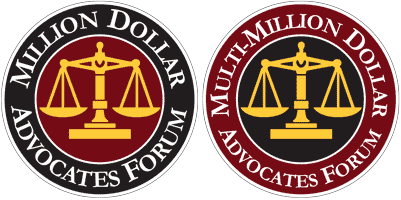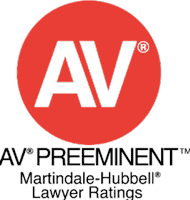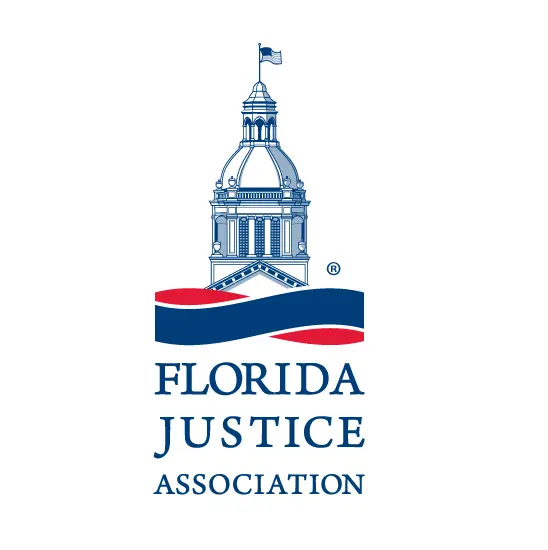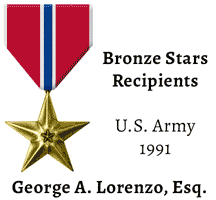“I was hurt in a T-bone crash in Tampa and feel all alone. Will I ever get my normal life back?”
You may feel angry and confused following a T-bone collision, but it helps to know you don’t have to seek recovery on your own.
In the days, weeks and months after a devastating collision, life can seem hopeless. With medical bills piling up and serious injuries keeping you or a loved one from returning to work, it’s understandable why so many accident victims feel overwhelmed and alone.
Fortunately, in most broadside collisions, victims can be granted financial compensation by filing a personal injury claim as long as it can be determined that negligence played a major role.
To navigate this complex process and increase your chances of a successful claim, consulting with a skilled Tampa car crash attorney is crucial.
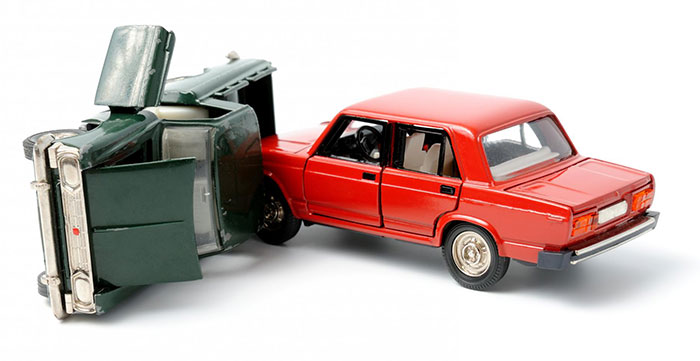
Nobody else will take up the cause to ensure you get the compensation you deserve – not the other motorists and certainly not insurance companies. The responsibility falls on you to explore your legal rights by discussing your case with a personal injury attorney who specializes in car accidents cases and T-bone collisions.
At Lorenzo & Lorenzo, we help victims in Tampa, St. Pete, Clearwater and across the state fight for the compensation they are owed in car crash negligence cases. As one of the top personal injury firms in Florida, we stand committed to securing the best possible outcome for our clients and handling each case with personal attention.
You’re not alone.
Talk to our Tampa car accident attorneys about your T-bone accident today and find out how we can help you heal – both physically and financially.
Schedule your free case evaluation today.
What is a T-bone accident?
A T-bone accident, also known as a “broadside,” “right-angle” or “side-impact” collision, occurs when the front of a car or truck collides into the side of the another vehicle, forming a “T” shape upon impact. T-bone crashes most frequently occur at intersections and typically lead to more serious injuries because there is less protection to drivers compared to other types of car accidents like head-on or rear-end collisions.
In many side-impact collisions, the force of the wreck causes the broadsided vehicle to be pushed sideways and into a second crash with oncoming traffic, guardrails or telephone poles. Depending on the force of the impact, a T-boned vehicle may even roll over entirely.
Side-impact accidents almost always result in major vehicle damage and serious injuries, or even death.
Common causes of T-bone accidents
Without a doubt, one of the most common causes of T-bone crash is when one driver fails to obey the right-of-way rules of the road. This negligence can occur when a vehicle runs a stop sign or red light, or when a car or truck fails to yield to oncoming traffic when making a left turn at an intersection.
Researchers have found that the most common reasons why a driver failed to yield in T-bone accident cases are because of:
- An obstructed view
- Misjudgment of gap in traffic
- Misjudgment of oncoming traffic speed
- Insufficient surveillance
- Distractions, such as cell phones, texting, food, etc.
- Aggressive or reckless driving
- Incorrect assertions about other drivers’ actions
“While driving to visit my husband in hospital a flat bed tow truck went through a stop sign. There was no way that I could avoid hitting him. Needless to say I had to be treated for months with broken bones and physical therapy which will be ongoing. The last year has been horrific with my husband dying, selling my house and then moving out of state. Yet through it all George and his staff worked above and beyond to try and make things as easy as possible. I was so surprised with the settlement! It was above and beyond what I expected! Thank you George for helping me through all the issues I have gone through I couldn’t have made it without you!”
What percentage of car accidents are side impact collisions?
Side-impact collisions are the most dangerous type of accident for children, according to data from the National Highway Traffic Safety Administration, and unfortunately, T-bone crash fatalities have risen by 20 percent (from 31 percent to 51 percent) in the last two decades. Researchers believe this increase is caused by higher travel speeds and the greater number of SUVS and trucks on the road. SUV’s are built sturdier than other passenger cars and are therefore more dangerous to occupants of cars in a broadside collision.
Here are some additional statistics about T-bone accidents:
- In crashes involving passenger vehicles, over half of fatalities occurred in T-bone wrecks (year 2000-01), according to the Insurance Institute of Highway Safety (IIHS).
- Over 2.3 million accidents take place at intersections each year, representing 40% of the total number of annual auto wrecks.
- An estimated 165,000 people are injured or killed each year from drivers failing to yield by running a red light.
- Compared to SUV drivers, operators of passenger car are more likely to be killed in side-impact collisions compared to SUV drivers.
- Drivers who are struck face a substantially greater risk of death than the driver in the striking vehicle, especially when struck on the driver’s side compared to passenger’s side.
T-bone accident common injuries
Many modern cars and trucks come with steel side-impact bars and side airbags to help protect vehicle occupants in the event of a T-bone collision.
However, while these safety features help reduce side impact crash injuries and save lives, they can only do so much when all that separates a driver or passenger from direct impact with a moving vehicle is a thin sheet of metal that makes up the car door.
Injuries experienced by victims of T-bone collisions are commonly catastrophic and include:
- Traumatic brain injuries
- Back/neck injuries
- Amputation/disfigurement
- Wrongful death
- Broken bones and fractures
- Chest trauma
- Shattered ribs
The injuries resulting from T-bone wrecks are usually more severe than sideswipe accidents, which is when two vehicles driving next to each other, traveling in the same direction, contact one another on the sides (i.e. unsafely switching lanes or carelessly drifting into another car).
Proving fault in T-bone collision cases
According to the Florida Driver’s Handbook, “every driver, motorcyclist, moped rider, bicyclist and pedestrian must do everything possible to avoid a crash.” However, at stop signs, drivers must yield the right-of-way to all other traffic and pedestrians who stopped before them or are in motion. If two vehicles reach an intersection at the same time, the driver on the left must yield the right-of-way.
If a driver fails to yield the right-of-way when they should, resulting in a T-bone wreck, then the injured victims may file a personal injury lawsuit against the at-fault driver under Florida’s law of negligence. Before a plaintiff is awarded compensation for damages though, they must be able to prove that the other driver is responsible for the accident and their injuries.
If you’ve been the victim of a side-impact collision, we recommend hiring a lawyer to prove fault and ensure you get the full compensation you are owed. By launching a thorough investigation into traffic cameras, photographs, eyewitness stories, skid marks and other evidence found at the scene, the skilled team at Tampa’s Lorenzo & Lorenzo personal injury law firm can guarantee the best possible outcome in your case and fight to give you the personal attention you deserve.
If you or a loved one have been gravely injured in a T-bone collision or other type of car accident, schedule your free consultation today with our expert attorneys to find out what your case is worth and what to do next.

